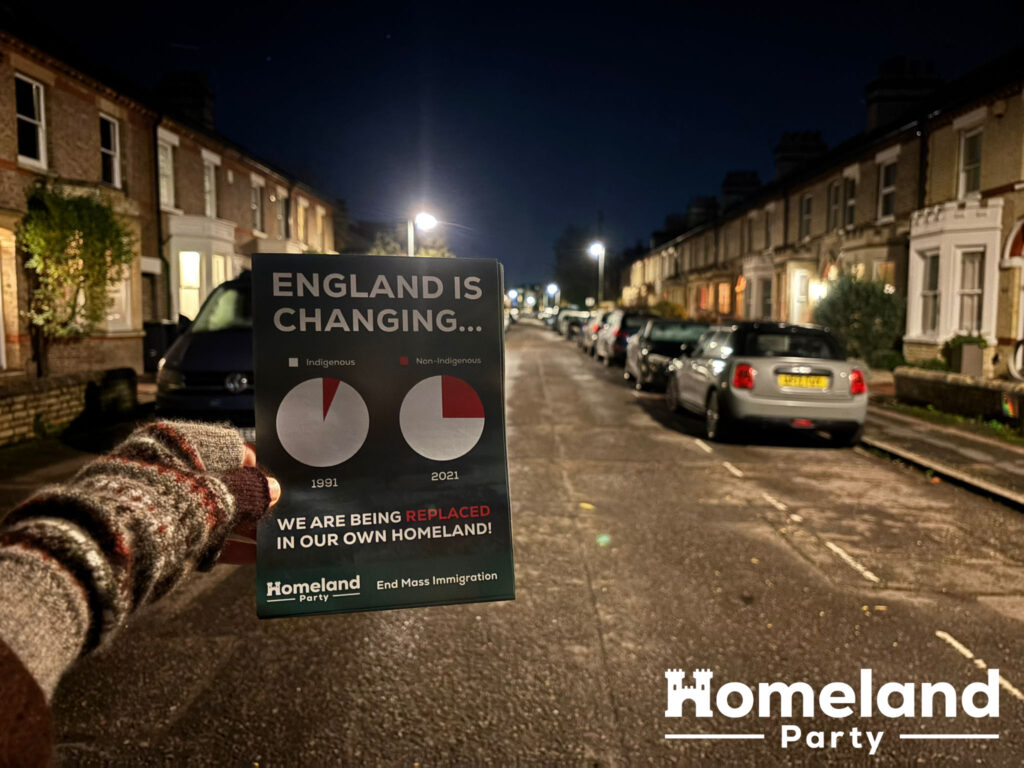It’s been difficult to miss the media frenzy regarding RAAC (Reinforced autoclaved aerated concrete). In the latest development, the Government have announced that over 100 schools and colleges are set to close over the coming weeks as the fear of collapsing buildings starts to take hold.
This comes several days after it suddenly emerged that RAAC is unsafe and poses a significant risk to any building that used the material in its construction. Well, it certainly seemed rather sudden to us, the unsuspecting public, yet the last few governments have had a rather long head start.
If you’re unfamiliar with RAAC, it is a cheap, lightweight alternative to traditional concrete mixes used in thousands of public buildings from the 1950s to the mid-90s. Estimated initially only to have a thirty-year lifespan, by the 1980s, roofs were starting to deteriorate, and some buildings had to be demolished. Of course, that didn’t stop them from using it for another decade due to its low cost.
Throughout the 90s, the UK’s Building Research Establishment (BRE) proposed to remove the reference to RAAC from the British Standard for structural concrete as it gave it “an unjustified respectability,” and the Standing Committee on Structural Safety (SCOSS), though reporting that the threat remained low for the time being, urged against complacency. It seemed the warning fell on deaf ears.
A calm period of almost twenty years followed after successive governments swept the problem under the rug. Inevitably, the first major incident occurred in 2018 when a Kent primary school’s roof collapsed. Fortunately, no one was injured.
Since then, numerous warnings have been issued from the SCOSS, Ministry of Defence, Department for Education and others that the lifespan of RAAC is now well and truly expired, with the brittle material estimated to be present in more than five hundred schools.
This issue has been around for a long time, so one must wonder about the Government’s lack of action and why the media has only just jumped on the story. With the Government claiming it doesn’t even know which schools contain RAAC, and with the press spreading hysteria, it conveniently sets the scene for more lockdowns in all but name.
The RAAC saga also highlights the obvious drop in maintenance and safety standards over the last few decades. With more and more young people favouring frivolous degrees over meaningful career paths, we are seeing a workforce shortage in the construction industry and other related trades. The Government now has its work cut out to undertake safety inspections in all the potential RAAC schools, with a dwindling number of qualified workers able to carry out the task.
So, if nothing else, this story is a stark warning of the folly of cost-cutting. Our architecture used to be something this country could be proud of. Older buildings are aesthetically pleasing, especially compared to modernity’s eyesores, and remain structurally stronger.
In the Homeland Party’s vision for our future, we would encourage young people to learn valuable trades that would benefit society and provide them with a lifetime of work. We would also move away from a culture of short-sighted, bottom-line-driven policies for our infrastructure and replace it with an approach emphasising quality and, where possible, beauty. Lastly, the safety of our people will always be our biggest priority in all aspects of Government.


